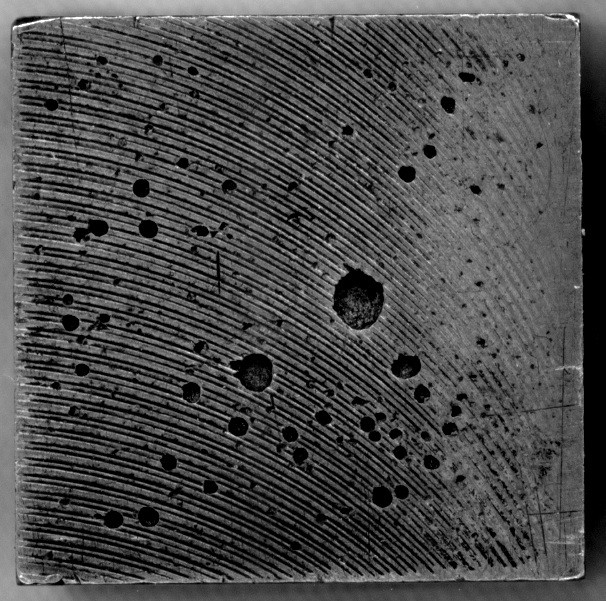Aiguatinta
Es un método de grabado que consiste en colocar resina o azúcar sobre una placa de cobre pulida. El ácido muerde la plancha sólo en los espacios entre las partículas de resina. Cuando se entinte la placa y se imprima, aparecerán pequeños espacios en blanco en los que la tinta no ha penetrado. Cuenta también con la posibilidad de añadir más tintes a mano, consiguiendo así un efecto natural de grabado.
Àrea:
Àmbit:
Subàmbit:
Conceptes relacionats:
Observacions:
Es un método indirecto de grabado.
Referència:
Strange, E. (1897). Japanese Illustration: A history of the Arts of Wood-Cutting and Colour Printing in Japan. London: George Bell and sons.
Fitxer:
Text:
One may say athe outset that much of the attraction of the process, as seen at its best in the coloured plates of the period under review, is due to its being only partly mechanical. Though two and occasionally even three colours were printed from one plate, the remaining tints were added by hand, with the result that there is a certain spontaneity and natural efrect not seen in other forms of engraving
The first step in the process of aquatint engraving is to lay a ground or grain upon a highly polished copper plate. to get this grate it is necessary to cover minute portions of the plate so that these will be protected from the acid bath and only the intervening spaces be affected by it. but the spaces to be bitten must lie so close together that they cannot be detected by the naked eye. anything therefore in the nature of a deposit that resists the action of acid will suffice, provided it is fine enough. the acid will attack thespaces that separate the particles deposited, and when the plate is inked and printed from, they will appear as tiny white spaces into which the ink has not penetrated.
